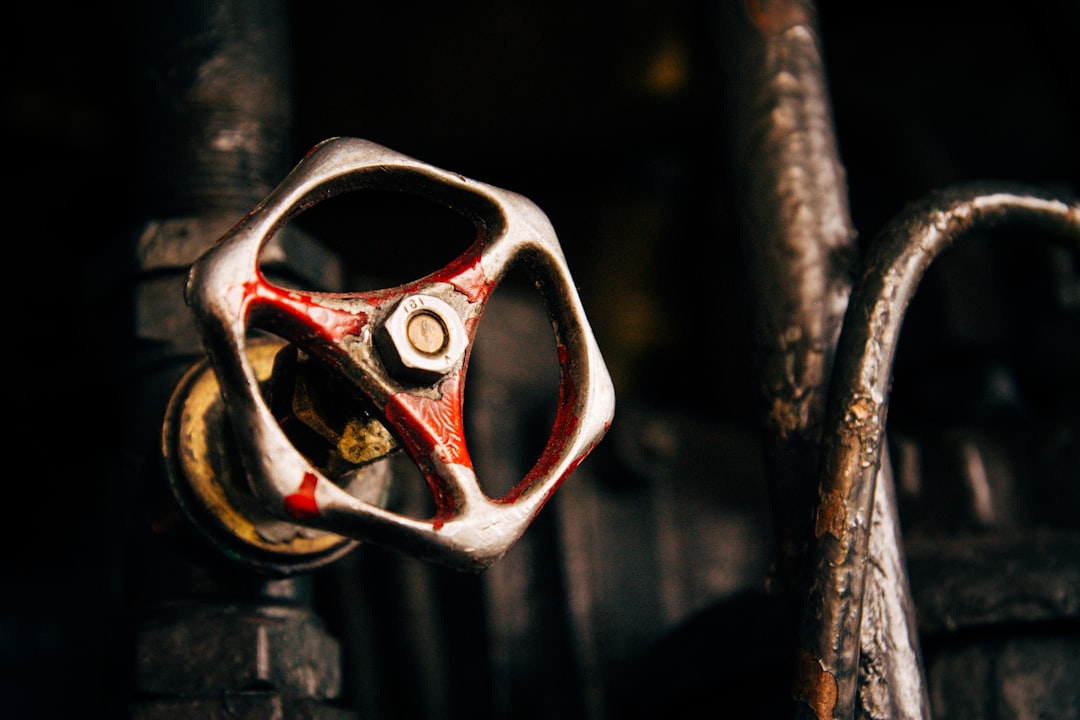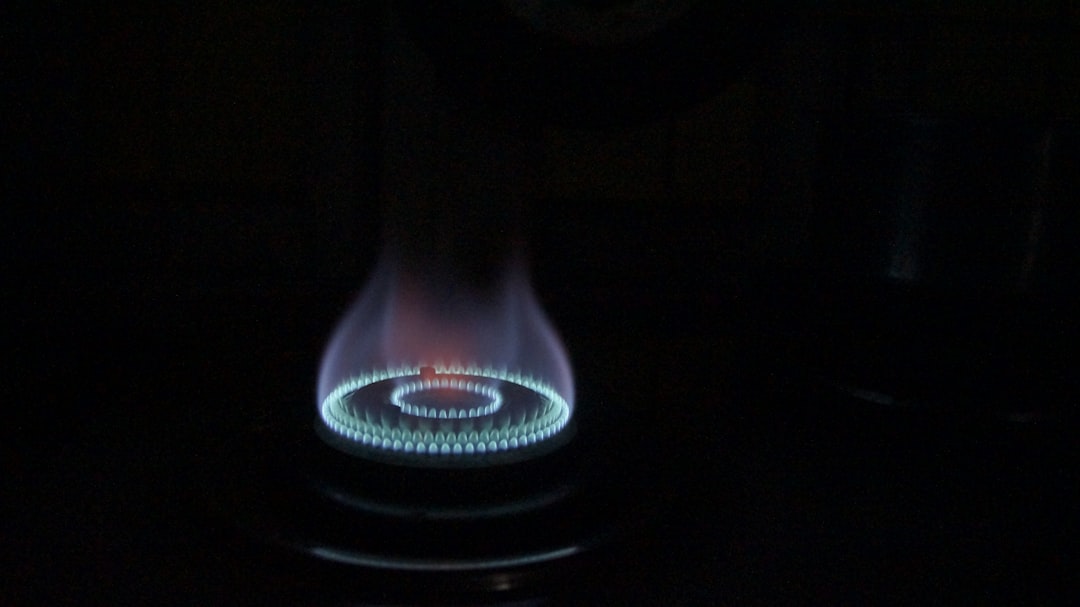A furnace is a piece of equipment used to heat a home or building. It burns fuel to create heat and then circulates it to warm the air through the building’s heating system.
Furnace Blower Motor

A furnace blower motor is one of the most important components of a furnace. It helps to circulate heated air throughout the home. Without a blower motor, the furnace would not be able to function. The blower motor is responsible for moving the heated air from the furnace to the various parts of the house. It is also responsible for removing the soot and other particles from the air. This is an important component of the furnace and should be kept in good working condition.
Heat Exchanger
A heat exchanger is a critical component that helps the furnace produce heat. The exchanger is a metal box that sits inside the furnace. The metal box has a series of tubes running through it. These tubes are filled with a gas or liquid. When the system is turned on, the gas or liquid inside the tubes is heated. This heated gas or liquid flows out of the tubes and into the house. The heat exchanger is important because it helps it produce heat quickly and efficiently.
Gas Valve

A gas valve is a critical piece of equipment that helps control gas flow to the furnace. It is responsible for starting and stopping the furnace and helps regulate the temperature. The gas valve is typically located near the burners, and it is attached to the gas line that supplies fuel.
Control Panel
The control panel is one of the most important parts of your furnace. The panel allows you to control the system’s settings and operation. The panel is typically located on the front of the furnace. It has several knobs, buttons, and displays that allow you to set the correct mode, adjust the temperature, and monitor operation. Control Panel Components such as the switches and indicator lights are essential for maintaining optimal comfort and efficiency. The control panel is also where you’ll find the switch, which turns the furnace on and off.
The Flue
A flue is a pipe that carries exhaust gases from the system to the outdoors. The flue allows the gases to escape in a safe and controlled manner. The flue is an important part of the heating system, and it must be properly installed and maintained in order to ensure safe and efficient operation.
The Burner

The burner is a metal box with a gas valve, a pilot light, and a thermocouple. The gas valve is turned on, and the pilot light is lit. The thermocouple monitors the pilot light and sends a signal to the electronic ignition system to start if the pilot light goes out. When the system is turned on, the burner heats the air in the exchanger. The heated air is then circulated through the house by the furnace blower.
The Thermostat
A thermostat is a device that helps control the temperature in a building or home. It does this by regulating the amount of heat delivered to the furnace. The thermostat is usually located in a central location in the building or home.
Heating Your Home
As you can tell, there are many components to a furnace. This heating system requires each of these parts to be in working condition to effectively heat your home or building. Therefore, it’s crucial to have a qualified HVAC technician regularly inspect your furnace for wear and tear.
Related Posts












